How governments' COVID-19 employee support schemes compare
Different countries' financial support for people impacted by coronavirus
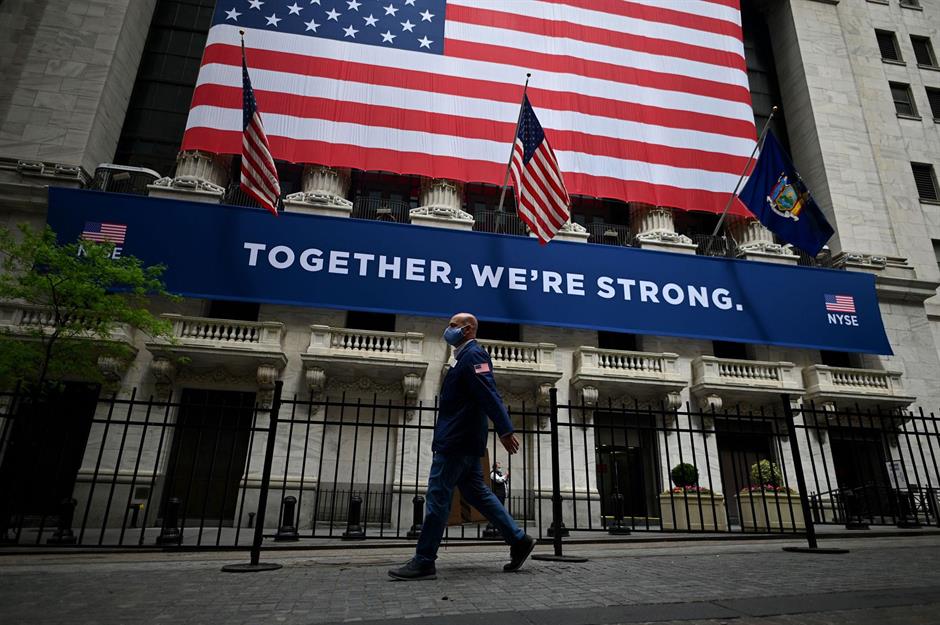
Since the coronavirus pandemic brought the world to a standstill in March 2020, many governments have provided monetary support to people prevented from going to work, or to ailing businesses. While some government financial support and furlough schemes have come to an end, others are continuing into 2021. From paying wages to offering one-off payments, salary subsidies and even monthly allowances, click or scroll through to find out how 30 countries' approach to supporting their citizens compare.
All dollar amounts in US dollars unless otherwise stated.
India: food aid
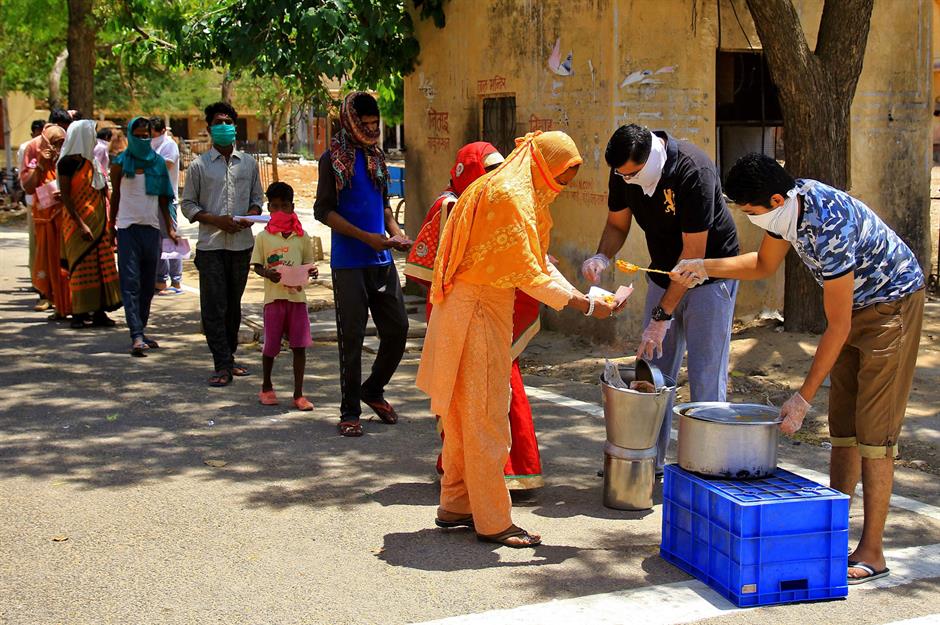
Having pledged to plough 20 trillion rupees ($260bn/£200bn) into coronavirus relief last May, the Indian government has allocated the equivalent of $22.5 billion (£16.6bn) of the total to anti-poverty projects, mainly through food aid schemes – the authorities have been providing the poorest 800 million Indians with staples such as grain – and cash transfer programmes. But even though the government has ordered businesses to retain staff, it has failed to introduce a furlough scheme, meaning many temporarily laid-off workers have no cash coming in. In November, the country’s finance minister Nirmala Sitharaman announced further support for India’s economy in the form of a 2.65 lakh crore ($35.48bn/£26.1bn) stimulus (15% of the country's GDP), which would include money for companies taking on new employees and tax breaks for homebuyers.
Malawi: $50 (£40) per month
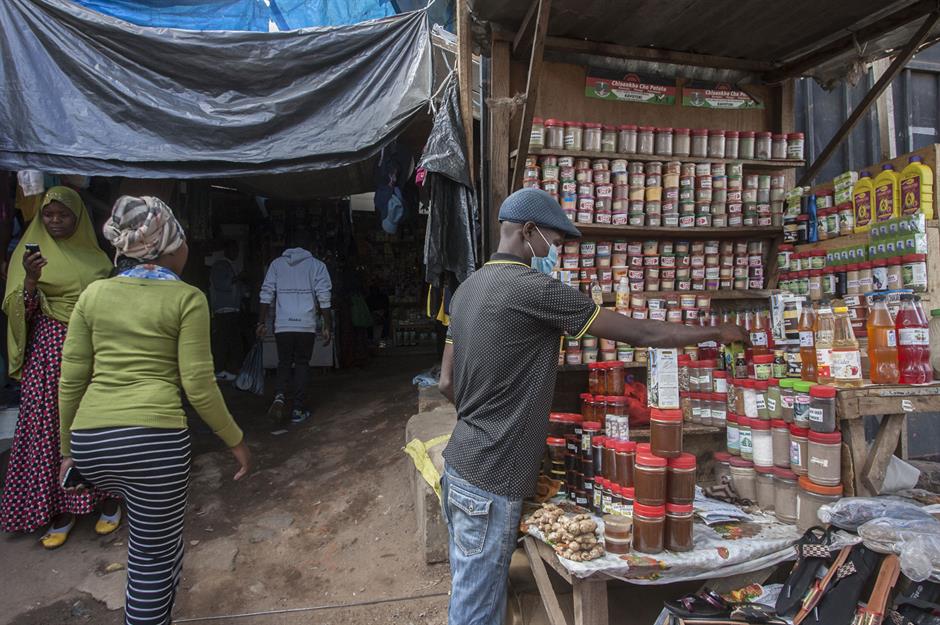
Although Malawi has so far avoided a large death toll, many ordinary people have lost work during the coronavirus pandemic. To support citizens and residents who have fallen on hard times and help tide them over for the foreseeable future, the nation's authorities have provided around a million of the most underprivileged Malawians and small businesses with monthly payments of 35,000 Malawi kwacha, the equivalent of $50 (£40). Last April the World Bank committed $37 million (£29m) to help Malawi respond to the pandemic.
Nigeria: $52 (£41) per month
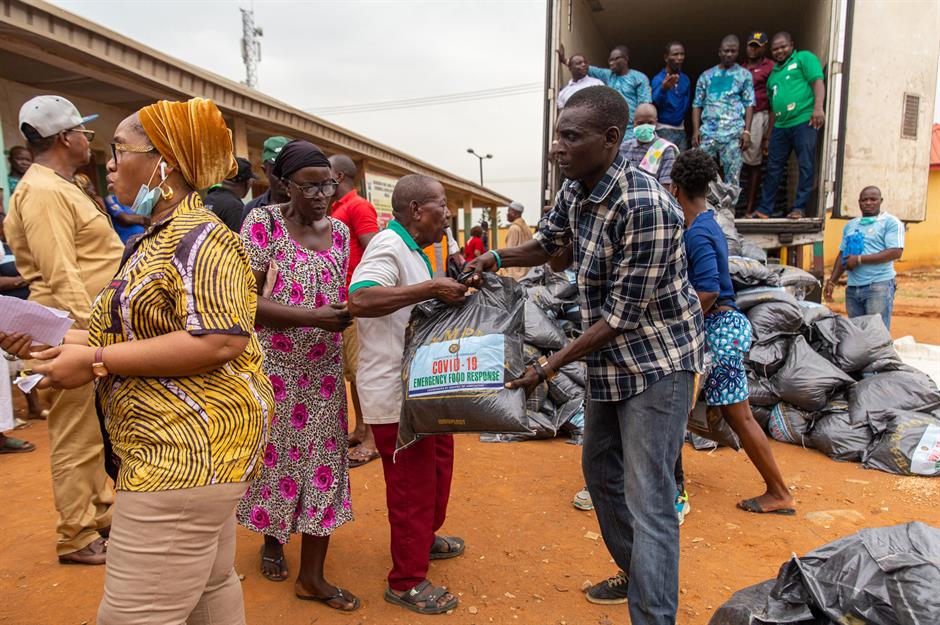
The Nigerian government gave the country's poorest people four monthly payments of 5,000 Naira ($13.15/£9.67) in addition to distributing food parcels to the most vulnerable and launching a credit facility for households and small businesses. Despite this, some experts believe the state should be doing more to help people get through the pandemic, particularly those who work self-employed in the so-called 'informal economy', which is actually more than 80% of the country's workforce.
Malaysia: $140 (£111) per month
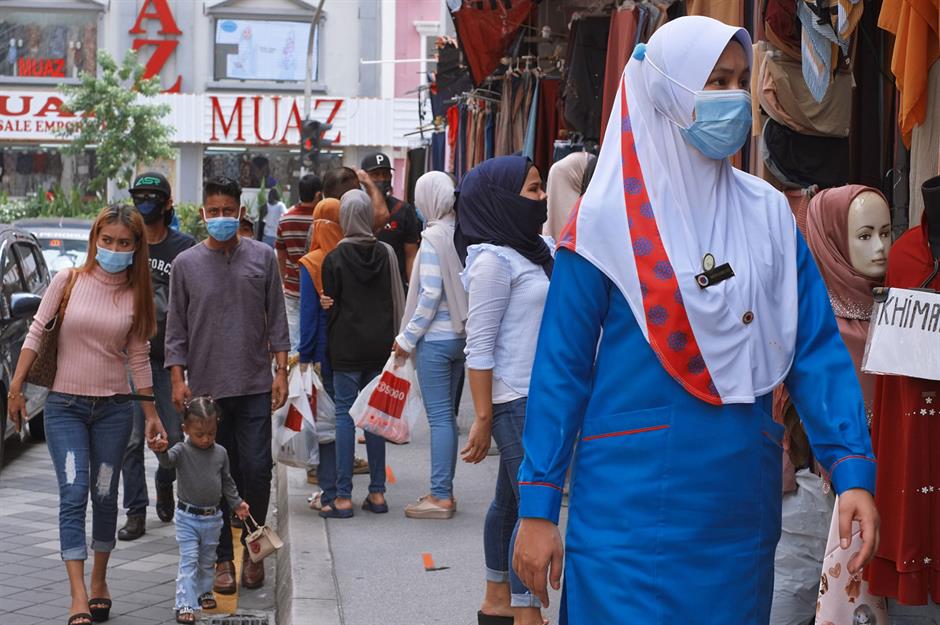
Last March the Malaysian state launched a furlough programme paid via business owners offering a monthly subsidy of 600 ringgit ($140/£111) per employee on the payroll for up to three months. Malaysia's government has also increased support for the poorest in society by issuing one-off payments of up to $375 (£296). Last June, Prime Minister Tan Sri Muhyiddin Yassin announced that he would be extending the wage subsidy programme for a further three months, and in September a new stimulus package was released that provided 2.4 billion ringgit ($595m/£437m) for the country’s second wage subsidy package and 7 billion ringgit ($1.74bn/£1.27bn) in cash aid to help eligible Malaysians.
Costa Rica: $220 (£174) per month

Costa Rica has been fortunate enough to report a relatively low infection rate and death toll but extended lockdowns have hurt the Latin American country's economy. No official furlough scheme exists but the government is funding a monthly payment of $220 (£174) to citizens and residents who have been laid off because of the pandemic. Last June, the World Bank approved a $300 million (£234m) loan to support a programme by the Costa Rican government to protect peoples' income and jobs, as well as supporting economic recovery via green technologies.
Brazil: up to $240 (£177) per month
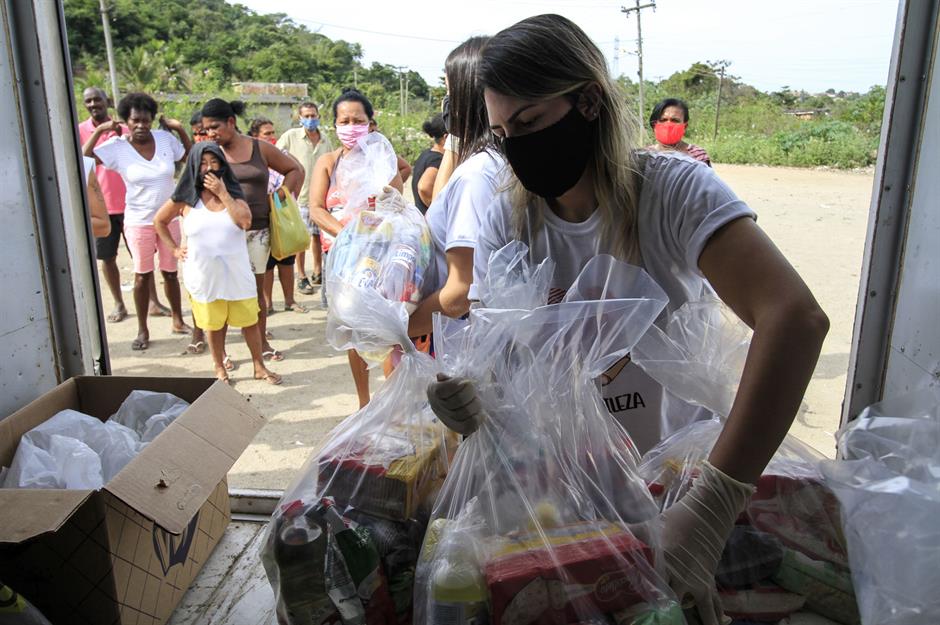
Brazil is one of the countries that's been worst affected by COVID-19 and its government is having to dig deep to soften the financial impact. In March, the state set aside 750 billion reais, the equivalent of $150 billion (£110bn), to protect the economy. This includes a $620 million (£456m) reinforcement of the Bolsa Familia welfare programme, which supports the country's most vulnerable people, and $8 billion (£5.9bn) in aid for informal and self-employed workers. Brazilians who are struggling are entitled to benefits including one-off cash handouts worth on average $100 (£77) and monthly payments of $120 to $240 (£88-£177) for those who have lost their income as a result of the pandemic.
China: $257 (£185) per month

The Chinese government pledged to spend billions propping up the country's economy but efforts to help ordinary people have been limited. Though funding for its jobless claims programme has been boosted since the 2007-8 financial crash, with contributions from workers and employers tripling to 518.7 billion yuan ($82.4bn/£65bn), only half the projected number of unemployed people are entitled to claim and the maximum amount available each month is only 1,815 yuan, just $257/£185. In fact, much of the funding to help alleviate the effects of coronavirus has gone towards business tax breaks and loan extensions.
Thailand: up to $280 (£200) per month
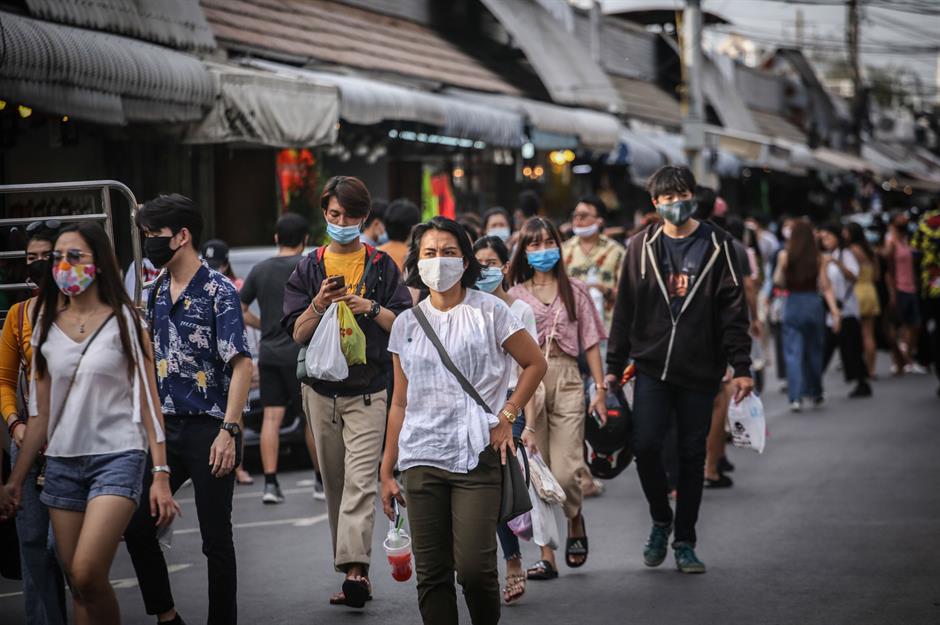
The Thai government threw a lifeline to non-permanent employees and freelancers who weren't eligible for state support by providing them with three monthly payments of 5,000 baht ($166/£122) in March 2020, and this was quickly extended to cover six months as the crisis worsened. Around 15 million Thais have been issued with the payments, which make up the cornerstone of the state's Rao Mai Ting Gun ('We Do Not Leave Anyone Behind') campaign. Only citizens who subscribed to the country’s Social Security Fund were eligible for payments, and in September when payments stopped around 56,000 applicants still hadn't received any money. However, in January 2021 finance minister Arkhom Termpittayapaisith announced a further 210 billion baht ($7bn/£5bn) stimulus package. The Thai government started to distribute the money in early February with the aim of helping 30 million people, mainly informal workers. Recipients receive 3,500 baht ($117/£84) per month for two months.
South Africa: $400 (£316) per month
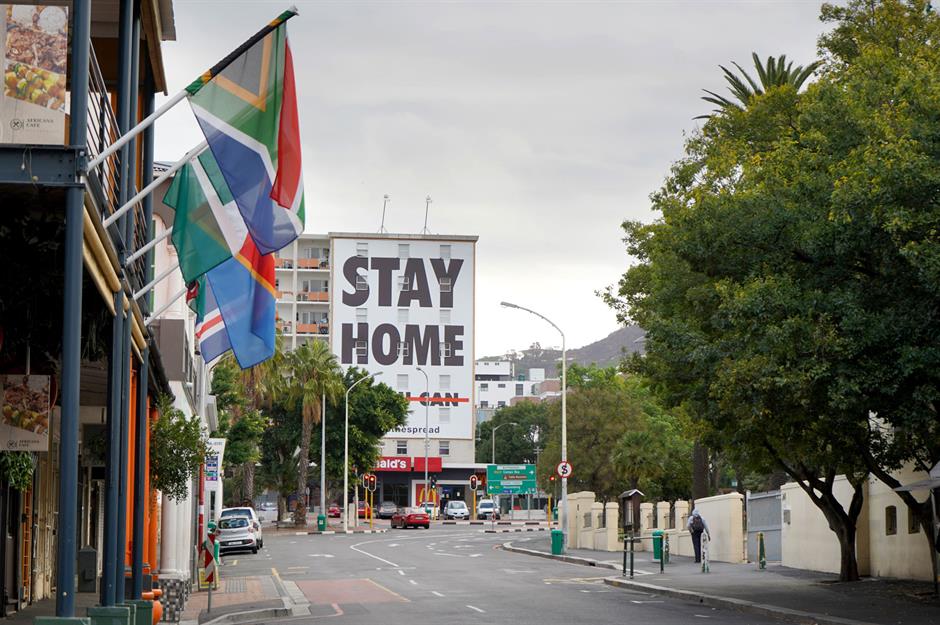
South Africa experienced one of the world's strictest lockdowns and its economy is suffering as a consequence. The government responded by agreeing to pay up to 60% of furloughed workers' wages but the cap is set fairly low at $400 (£316) a month. The grants were extended for a further three months in October. Other steps the authorities have taken range from providing the poorest people with food parcels and modest one-off cash transfers, to offering freelancers and small businesses tax holidays and breaks as well as cheap loans.
Greece: $900 (£711) one-off payment

The Greek authorities opted for one-off payments of €800 ($900/£711) to the 1.7 million private sector workers who were laid off in the country due to the pandemic. And last May the EU Commission approved a €500 million ($612m/£450.7m) scheme to support self-employed Greeks. In September, the government anticipated that its total spending in 2020 to mitigate the damage to individuals and businesses from COVID-19 would hit €24 billion ($29bn/£22bn), with the possibility of more money being needed. Other measures that should help ordinary Greeks include VAT reductions and cheap small business loans.
Malta: up to $900 (£711) per month
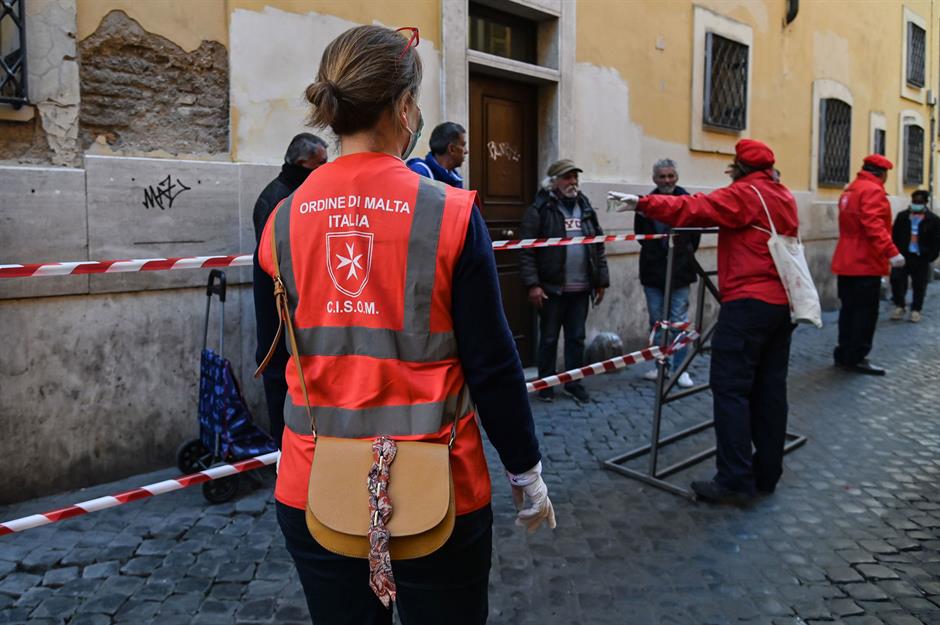
As of May last year, the Maltese government had committed to spending more on COVID-19 relief in terms of percentage of GDP than any other country, a whopping 22% in fact. Among the state's numerous mitigation schemes are better unemployment benefits and the COVID Wage Supplement, which covers monthly wages up to $900 (£711) for both salaried employees and freelancers. The scheme was initially expected to last until the end of June but has since been extended until 31 March 2021, with €120 million ($147m/£108m) of the €2.25 billion ($2.8bn/£2bn) secured from the European Union in July being used to support employees impacted by the virus.
Italy: $900 (£711) per month
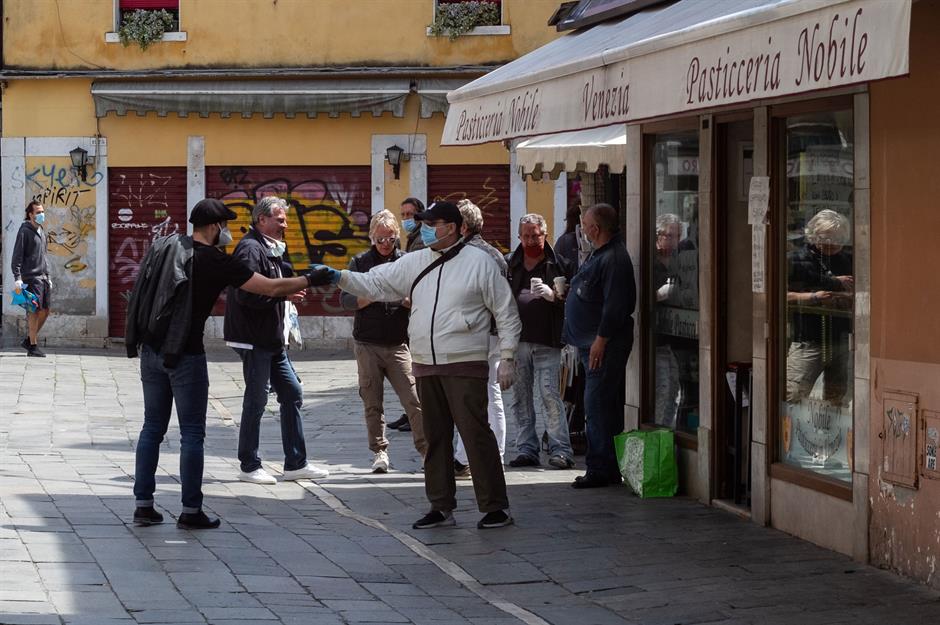
As another of the countries worst affected by the COVID-19 pandemic, Italy has devoted a sizeable chunk of its GDP to battle the financial fallout from the disease. In order to support its 12.6 million furloughed workers, the government initially offered a wage compensation fund to cover 80% of salaries up to €800 ($900/£711) over a period of nine weeks. On 7 August, the government announced a further €25 billion ($29.5bn/£22.9bn) stimulus package which included plans to extend its furlough scheme for up to 18 weeks, and it looks as though the scheme will be extended again to cover the first 18 weeks of 2021 at a cost of €5 billion ($6.1bn/£4.5bn), reports Bloomberg. The Italian government is also considering a firing ban until the end of June.
Spain: $1,150 (£905) per month
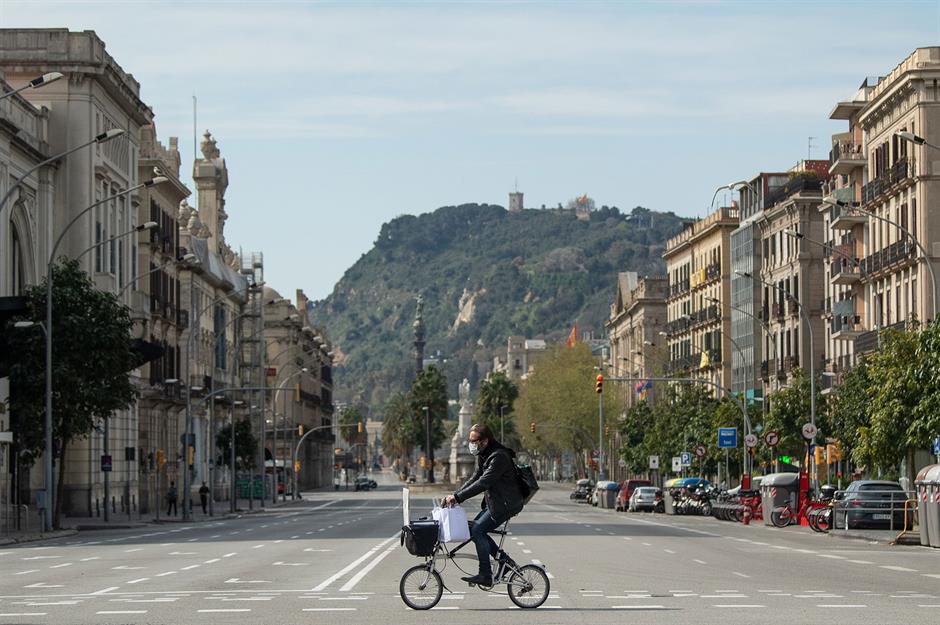
A total of 3.7 million workers have taken advantage of the Spanish government's ERTE scheme, which allows them to claim unemployment benefits while furloughed. The state has bolstered its support for citizens and residents who are out of pocket due to COVID-19 by approving a multibillion-euro universal basic income scheme to help 850,000 low-income families. The programme provides a guaranteed monthly payment of up to €1,015 ($1,150/£905) per household. The scheme, which was originally set to end on 30 June 2020, has now been extended to 31 May 2021.
Poland: 40% of wages

To cushion the financial blow of coronavirus on its citizens, the Polish government agreed to spend 212 billion złoty ($54bn/£42.6bn) on financial aid. This includes a furlough scheme, which covers 40% of wages for suspended staff up to their average wage level from the previous quarter, as well as assistance for out-of-work freelancers, who can claim a maximum of $520 (£411) a month, which represents 80% of Poland's minimum wage. The furlough scheme was extended until the end of October and the following month a new financial aid programme was launched, which included payments of up to 2,000 złoty ($543/£399) for every full-time worker.
Canada: up to 75% of wages
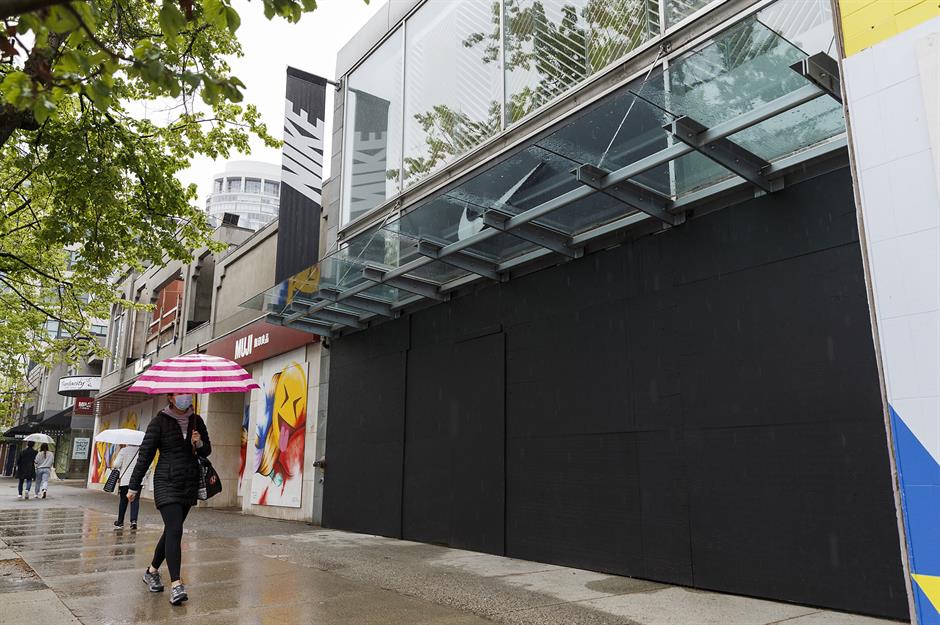
In March, Canada unveiled a CA$107 billion ($75bn/£59.2bn) coronavirus relief bill containing a plethora of measures to help regular Canadians get through the pandemic without going broke. Along with a payroll subsidy, which covers 75% of wages for furloughed employees of small- and medium-sized businesses, the government has boosted child benefit payments, introduced tax relief measures and is providing weekly payments of up to CA$847 ($668/£491) for those who have lost their jobs. The furlough scheme, initially set to last four months, has been extended until June 2021, and in December the country’s finance minister Chrystia Freeland announced that the country would be spending a further CA$100 billion ($79bn/£58bn) to kickstart the Canadian economy following the chaos caused by COVID-19.
New Zealand: up to $1,520 (£1.2k) per month
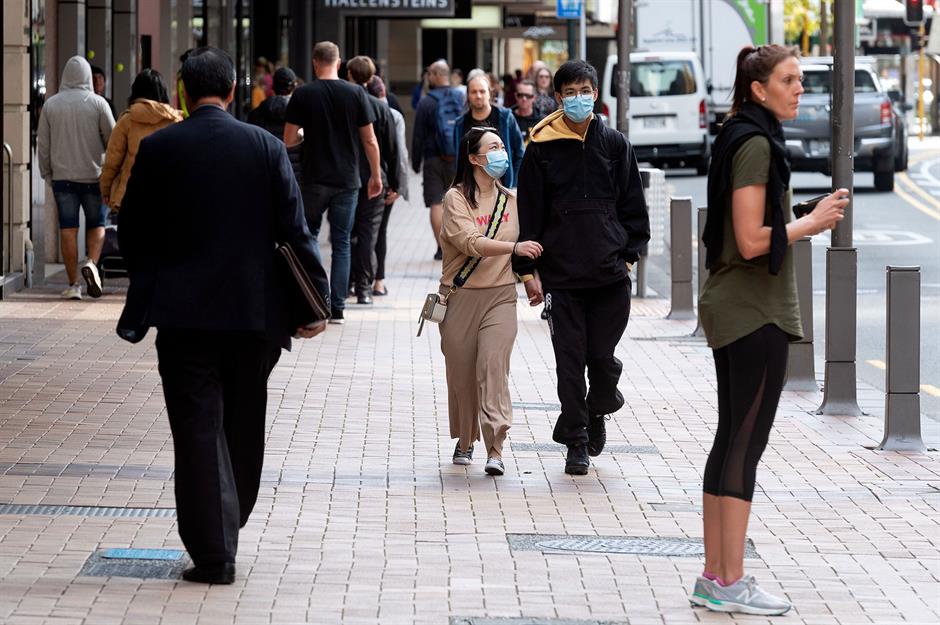
When the pandemic hit, New Zealand went into a strict lockdown and had just 25 deaths from the virus before declaring itself COVID-19 free for the second time in October 2020, meaning restrictions could start to be lifted. While a cluster of cases has seen Auckland enter into some restrictions in February this year, the country has had more freedom than most of the world. The government's COVID-19 Wage Subsidy programme, initially offered until June, was paying laid-off employees and out-of-action freelancers a decent NZ$585.80 ($380/£301) per week. After this initial scheme was closed, an eight-week Wage Subsidy Extension scheme was made available for employers and self-employed people, with applications open until 1 September, while a two-week Resurgence Wage Subsidy scheme for employers affected by changes to COVID-19 alerts was open until 3 September. The country is now reaping the rewards of its hard and fast response to the virus, and saw its economy grow by a record 14% in the third quarter of 2020.
Australia: $1,040 (£825) every two weeks

The Australian government has launched a tranche of stimulus initiatives to revive the economy and retain jobs. They include two AU$750 ($520/£410) cash handouts for those on existing benefits, which benefitted around one in four Australians, as well as JobKeeper payments of up to AU$1,500 ($1,040/£825) per fortnight for the nation's furloughed and out-of-work permanent staff and freelancers. The JobKeeper payment scheme has been extended until 28 March this year.
Hong Kong: up to $2,300 (£1.8k) per month
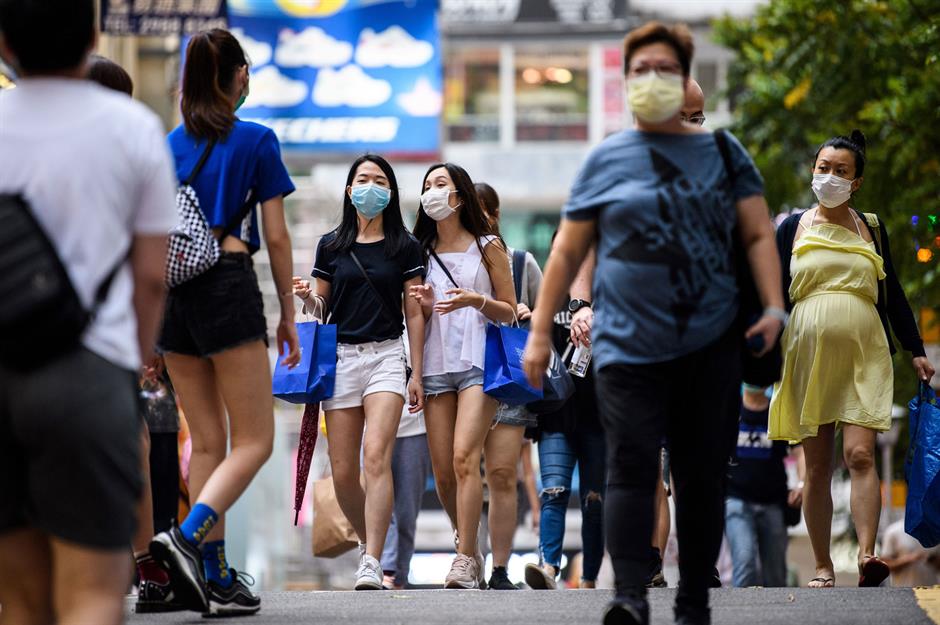
Hong Kong's authorities have pulled out all the stops to safeguard the economy and assist regular workers. As well as sending out stimulus cheques of HK$10,000 ($1.3k/£1k) to seven million Hong Kongers and one-off payments of HK$7,500 ($970/£766) to freelancers, the government is running a salary subsidy scheme that covers 50% of monthly wages capped at HK$18,000 ($2.3k/£1.8k), which employees are entitled to for a period of up to six months. In February, Hong Kong revealed a HK$120 billion (US$15.5bn/£11.1bn) stimulus plan to kick-start the economy, which includes HK$5,000 ($644/£464) digital spending coupons for each city resident, tax rebates and low-interest loan guarantees for the unemployed.
Singapore: up to $2,565 (£1845) per month until September 2020, then up to $1,700 (£1,230)
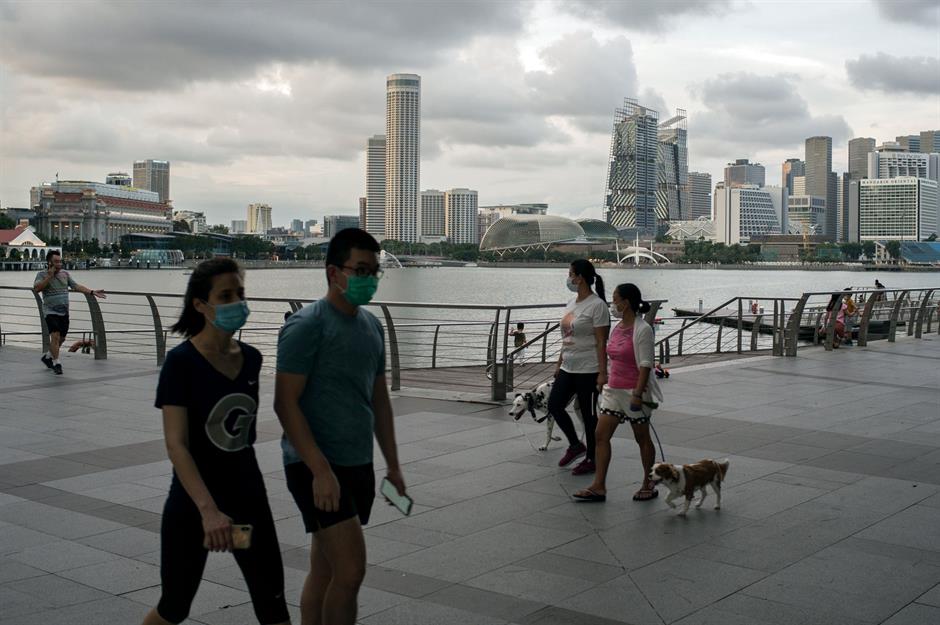
As part of its $43 billion (£34bn) COVID-19 relief package, the Singaporean government introduced the Jobs Support Scheme. Initially scheduled to run for 10 months, the programme funded up to 75% of the first S$4,600 ($3.3k/£2.6k) of gross monthly wages. In August the government announced it would be extending the scheme until March 2021 for the sectors hit hardest by coronavirus, although employees would only be able to receive between 10% and 50% of salary from September onwards, based on each sector's projected recovery. The self-employed can claim three quarterly payments of S$3,000 ($2.1k/£1.7k), while all adult Singaporeans have received a cash handout of S$600 ($422/£340), with the poorest receiving significantly more.
South Korea: 70% of wages
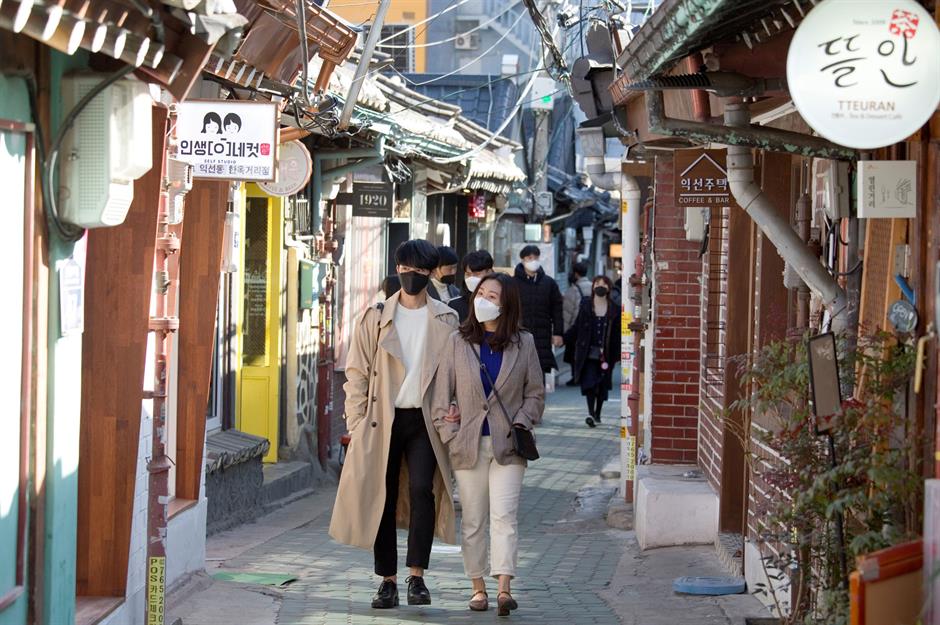
South Korea's government has spent 277 trillion won ($253.6bn/£186.7bn) in a bid to mitigate the worst impacts of the pandemic and protect jobs. On top of bankrolling a furlough scheme that pays 70% of temporarily laid-off workers' wages, the government has sent cheques of up to 1 million won ($833/£658) to families in the bottom 70% income bracket, and in April approved a 135 trillion won ($109bn/£88bn) aid package for freelancers and small businesses.
USA: up to $3,200 (£2,300) stimulus payments per eligible adult
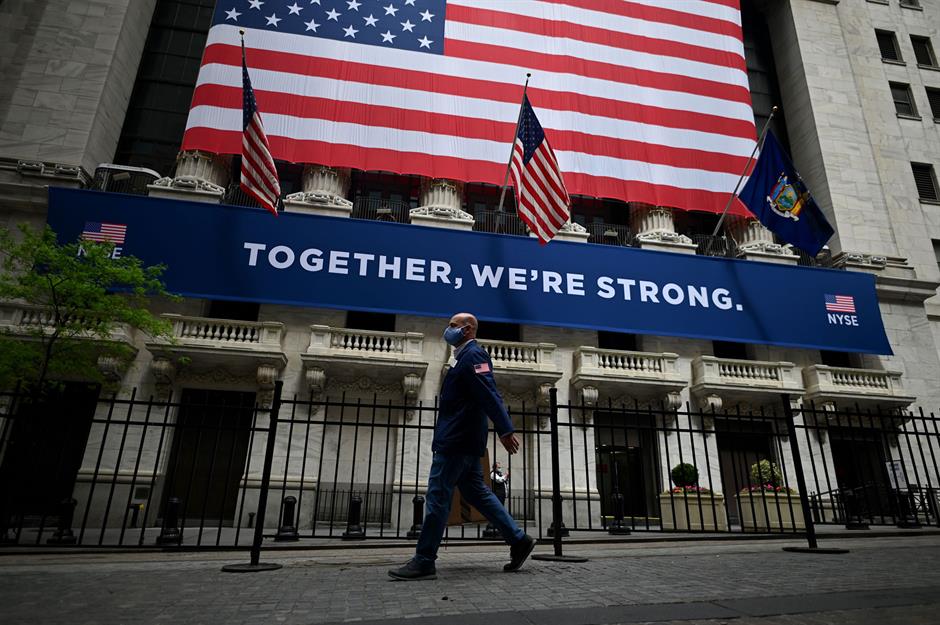
Given America's precarious social safety net, the government had to act fast to protect jobs and prevent millions of Americans from falling into poverty. In fact, at the peak of the pandemic almost 40 million Americans had lost their jobs, nearly a quarter of the 157.7 million people employed in the US. As part of the $2.2 trillion (£1.7tn) CARES Act, 159 million stimulus cheques of $1,200 (£950) per adult and $500 (£368) per dependent were sent out to individuals earning less than $99,000 (£78k) a year, while expanded unemployment benefits offered an additional $600 (£467) per week to unemployed workers.
A second COVID-19 aid package was signed off in December to the tune of $900 billion (£662bn), entitling households to an additional $600 (£441) per adult and $600 (£441) per dependent. Also included in the bill was an unemployment subsidy of $300 (£221) per week until 31 March 2021 for those eligible for support. President Biden has since unveiled a third $1.9 trillion (£1.4tn) package which was approved by the Senate on 6 March. When it's finalised this week the bill will provide a third stimulus cheque of $1,400 (£1,030) for eligible adults and also for their dependents, as well as $300 (£216) weekly federal unemployment benefit that will run until 6 September. The bill doesn't include a $15 minimum wage as it did originally after that element was opposed by some Democrats, in addition to Republicans, in the Senate.
Iceland: up to 75% of wages
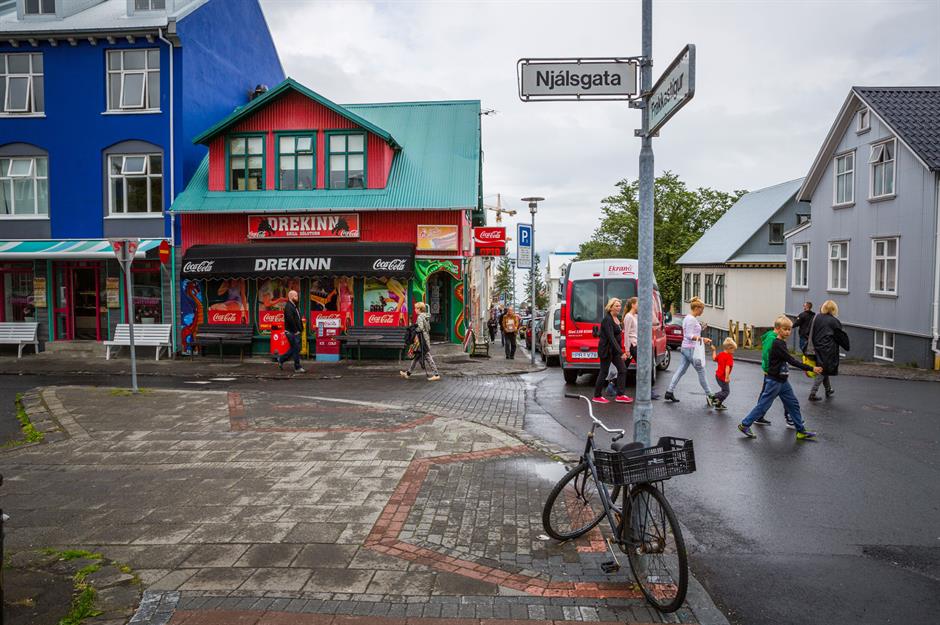
Iceland's leaders have taken a slightly different approach. Instead of a furlough scheme, the government has topped up temporarily dismissed workers' wages and freelancers' revenues with unemployment benefit, up to a maximum of 75% of the employee's salary or freelancer's typical turnover. Initially only set to last until June last year, it was extended at a new limit of 50% of the employee's salary from 1 July until the end of August and government officials have confirmed that benefits will continue into 2021. The Icelandic state has also gifted each child in the country a one-off payment of up to 40,000 krona ($300/£240).
UK: up to $3,175 (£2.5k) per month
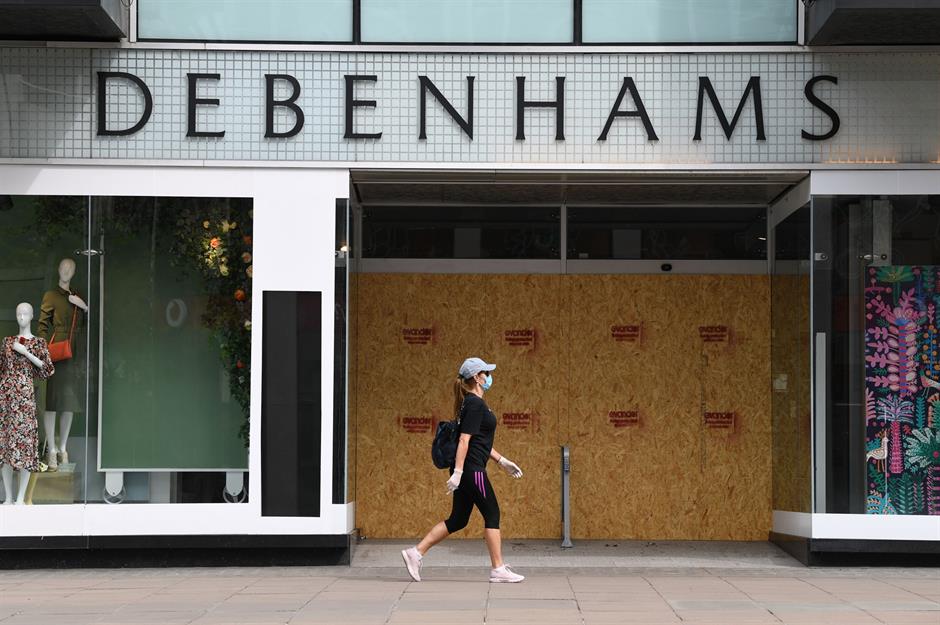
The UK government is paying 80% of pay up to a cap of £2,500 ($3,175) a month for workers furloughed as a result of the pandemic, known as the Job Retention Scheme. As of 13 December that accounted for 9.9 million jobs at a cost of £46.6 billion ($63.4bn), and that was before another nationwide lockdown. At the end of January, 4.7 million people were still on furlough in the UK. A key part of the nation's multibillion-pound COVID-19 financial rescue package, the Job Retention Scheme has been extended multiple times and will now run until the end of September 2021, although the government contribution will drop from 80% of salary to 70% in July. For the self-employed there have been three grants so far, with a fourth to follow in late April. The latest grant for self-employed workers offered 80% of three months' average profits, up to a maximum of £7,500 ($9.5k).
Denmark: up to $4,540 (£3.6k) per month

As is the case with other Scandinavian countries, Denmark hasn't held back in terms of supporting out-of-work citizens and residents. The government is rewarding employers who hold on to staff by paying between 75% and 90% of workers' salaries capped at a very respectable 30,000 krone ($4,540/£3.6k) a month over a period of three months. The scheme was extended and finished on 29 August, following which a new temporary short-time working scheme was put in place between 7 September and 31 December. Freelancers and small business owners, on the other hand, are eligible for compensation equivalent to up to 75% of lost revenue.
France: up to $5,740 (£4,1k) per month
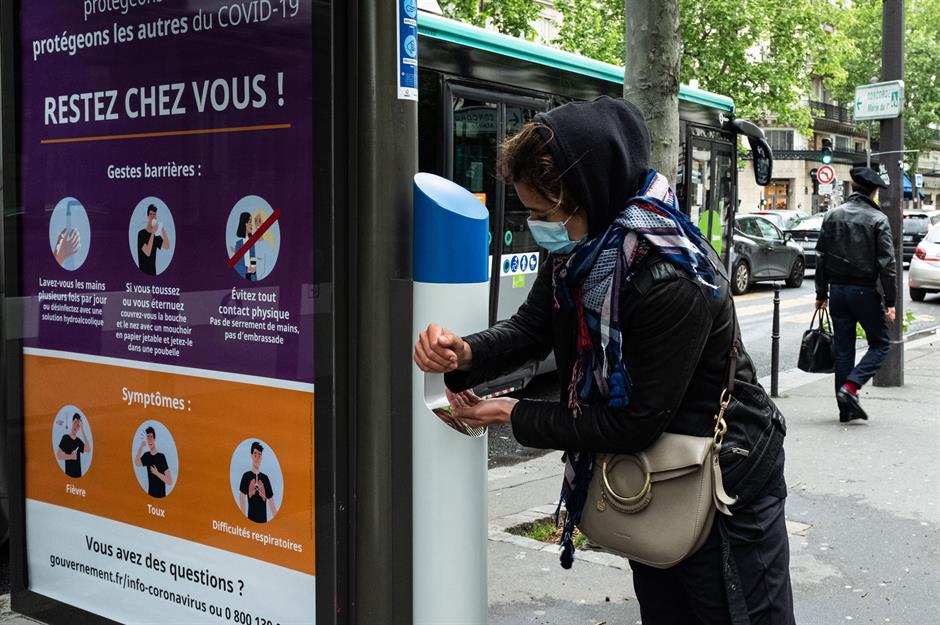
The French government has ringfenced €26 billion ($31bn/£23.8bn) to pay for its job-saving Chômage Partiel scheme, which covers 70% of gross salary (or 84% of net salary) for salaries up to €6,927 ($8.2k/£6.4k) per month, or 100% of salary if the furloughed worker earns minimum wage. At least 12 million employees have benefitted from the scheme. On 10 September, Minister of Labour Elisabeth Borne announced that the scheme would be extended until summer 2021. The state has also set up a €7 billion ($7.9bn/£6.2bn) Solidarity Fund to assist freelancers and small business owners.
Austria: up to $5,820 (£4.2k) per month

The government of Austria has introduced a Kurzarbeit ("short-time work") scheme to conserve jobs and prevent the economy from faltering. The Austrian scheme guarantees 80-90% of monthly salaries below €5,730 ($6,470/£5.1k), with 100% rebates for apprentices. One in 10 Austrians had registered for the programme by mid-April last year, which has now been extended until the end of June 2021.
Germany: up to $7,900 (£6.1k) per month
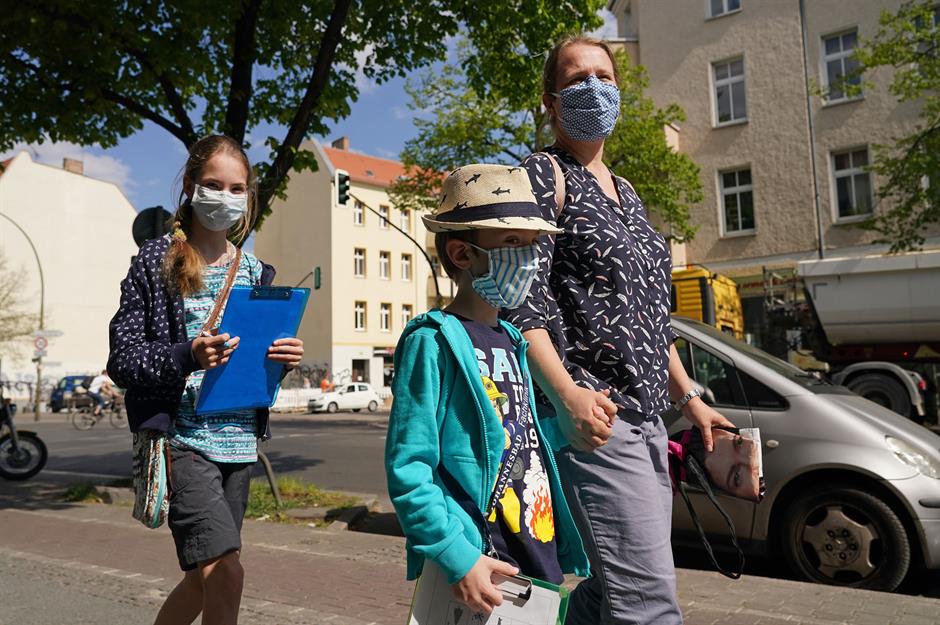
To help save jobs, the German government has a Kurzarbeit scheme. Costing tens of billions of euros, the scheme pays up to 60% of furloughed workers' net pay, or 67% if the worker has at least one child, capped at €6,700 ($7.9k/£6.1k) per month. At least 10 million people have benefitted from the payments. In August Germany extended the scheme until the end of 2021.
Netherlands: up to $10,780 (£8.5k) per month
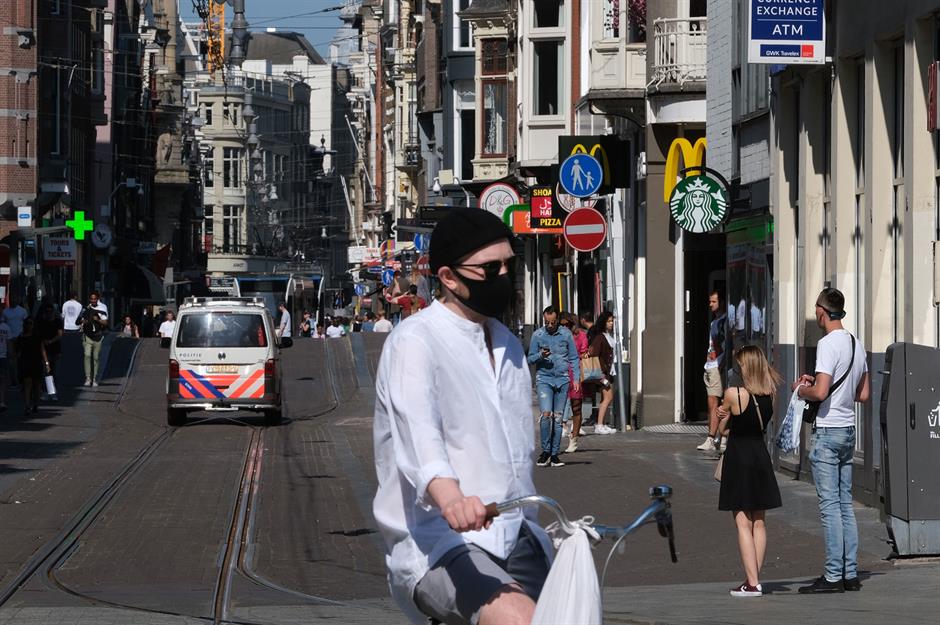
The Dutch state has gone the extra mile with its furlough scheme, which is one of the world's most generous. The NOW measure, as it's called, covers up to 90% of workers' wages capped at an impressive €9,538 ($10,780/£8.5k) a month. Even more generously, the government has extended the scheme until July 2021. The government is also providing open-handed financial support to struggling freelancers.
Sweden: up to 90% of wages

Though the country has managed to avoid a blanket lockdown, the Swedish government agreed to channel a hefty $33 billion (£26.1bn) into combating the financial effects of COVID-19. Similar to the Netherlands, its salary compensation scheme for furloughed workers is extra-generous, with the state paying up to 90% of employers' wage bills. The scheme was initially due to last until the end of 2020 but has since been extended by six months.
Japan: up to 100% of wages
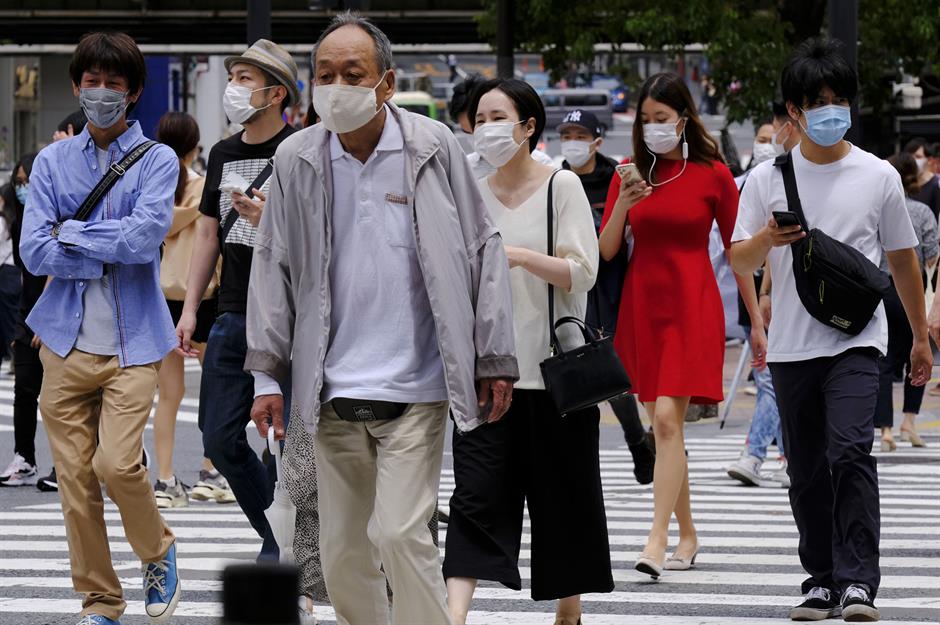
Pulling no punches, Japan is spending 234 trillion yen ($2.2tn/£1.7tn) – equivalent to 40% of the country's GDP – to fight the virus, with much of the money going on cash handouts to normal people. For instance, every single citizen and permanent resident was eligible for a one-off payment of 100,000 yen ($910/£718), households that have lost income can apply for cheap loans, while the employment adjustment subsidy system covers up to 100% of furloughed workers' wages, though take-up has been surprisingly slow. In December, Prime Minister Yoshihide Suga seemed to rein in spending slightly when he announced the country’s newest economic plan, but it still included $500 (£368) cash pay-outs for single-parent households and extra for those with more than one child, while the world’s most generous furlough scheme was extended to the end of February 2021.
Comments
Be the first to comment
Do you want to comment on this article? You need to be signed in for this feature